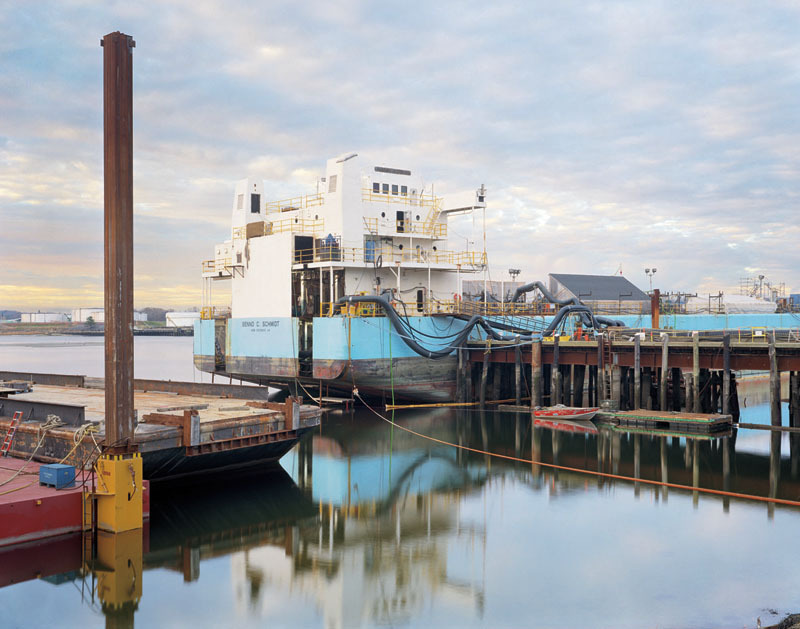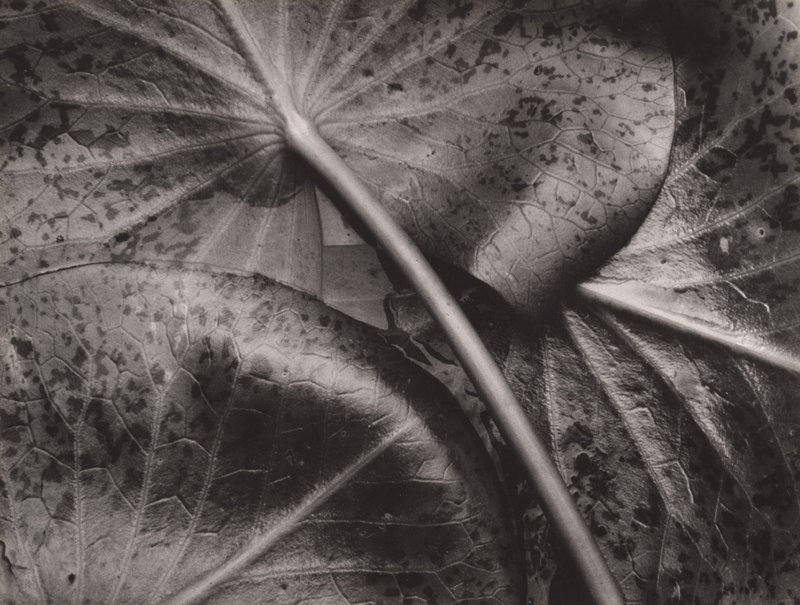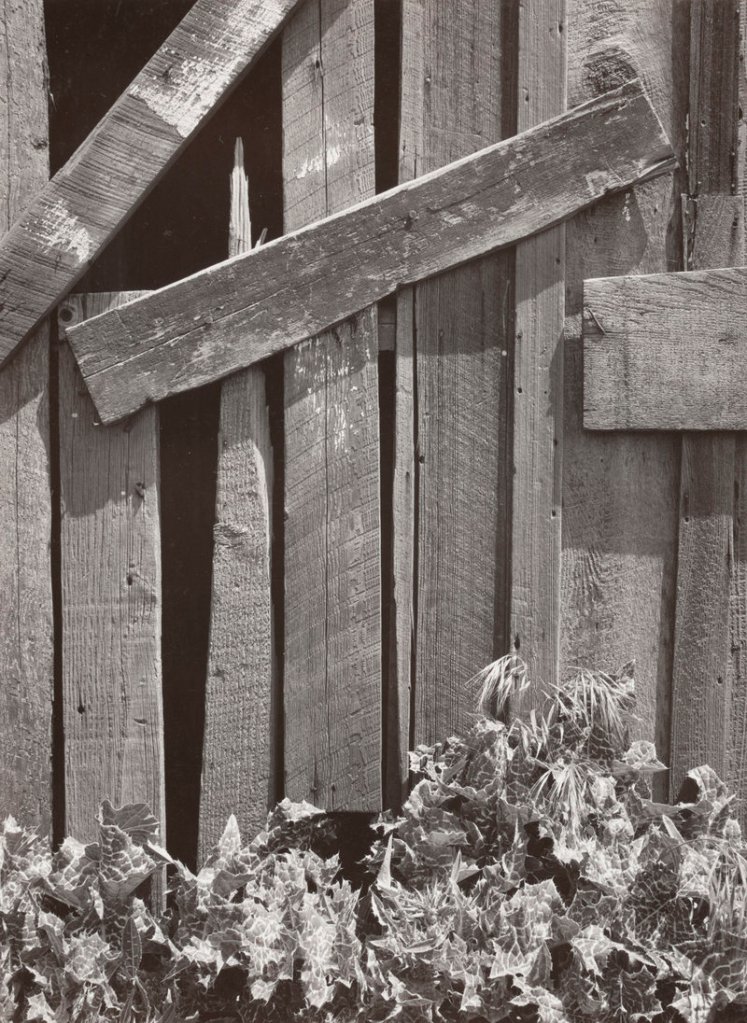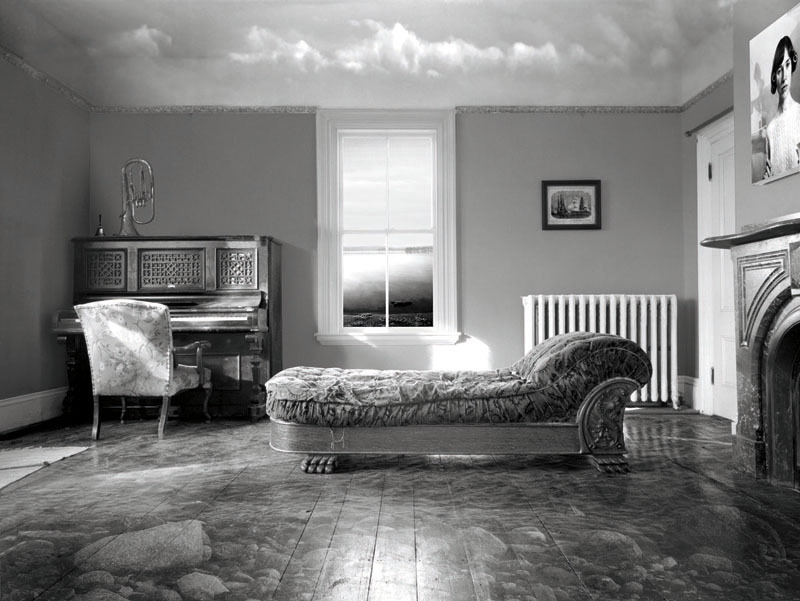Maine’s photo bender continues into October, with two major photography shows opening at two high-profile exhibition spaces in southern and midcoast Maine.
The Portland Museum of Art just opened “Debating Modern Photography: The Triumph of Group f/64,” which focuses on the schism that existed in photography in the 1920s and ’30s when a group of California photographers — Ansel Adams and Edward Weston most famously — challenged what was then the norm of soft-focus, posed and highly pictorial images.
Adams, Weston and the rest of their group favored images with sharp focus and greater depth of field, and their efforts resulted largely in what we have come to know today as fine-art photography. They took their name from the camera aperture that produced the kinds of photographs they favored — sharp images with natural light.
In this age of point-and-shoot digital photography, Susan Danly, curator of graphics, photography and contemporary art at the PMA, wonders if many people even know what f/64 refers to. “We have to explain what it means. Nobody knows what f/64 is anymore,” she said.
That may be true, but the brilliance of the vision of Group f/64 is self-evident in “Debating Modern Photography.” It features 90 works by 16 artists, including the purveyors of the f/64 movement, as well as the old-school pictorialists whose images still evoke a certain aura of romanticism all these years later.
“This exhibition is really about their debate,” said Danly. “The importance of the debate is that it underlines the direction in which 20th-century photography develops, and how we understand photography and how we do contemporary photography. You realize how much our art photography comes out of this debate. Most of who we know as art photographers evolved from this debate.”
“Debating Modern Photography” is a traveling exhibition, organized by the Collection Center for Creative Photography at the University of Arizona.
‘TEN YEARS LATER’
The other photography show garnering attention opened over the weekend at the Center for Maine Contemporary Art in Rockport. “Photographing Maine: Ten Years Later” updates a landmark two-part exhibition the CMCA organized in 2000 that traced the history of photography in Maine from 1860.
This invitational exhibition, organized by CMCA curator emeritus Bruce Brown, features 150 images taken in the past decade by 150 Maine photographers. The exhibition will include a catalog.
“Because another decade has passed, it seemed like the right time to update the burgeoning photo scene in Maine,” said Brown, adding that he hoped to include up to 200 photographers but had to limit it to 150.
In the past decade, photography has become far more accepted as a mainstream art medium, Brown said. Photography has always had a strong presence in Maine, but its stature has been elevated, especially in recent years, because of the attention paid to it by the state’s largest museums. The PMA, the Farnsworth Art Museum and the University of Maine Museum of Art have all placed high priority on photography and mounted major exhibitions, Brown noted.
“The state of photography in Maine is different today than it was even just a decade ago,” he said. “Most museums in Maine have included more photography in their programming, and for many of them, photography is proving to be popular with audiences. The public likes photo shows.”
Although they may seem unrelated, the exhibitions at the PMA and the CMCA share a common thread. There are many landscapes in both shows, as well as a tremendous array of portrait, art, urban, industrial, fashion and abstract images. The presence of natural settings as well as elements of nature are evident in both shows as well.
KEEPING IT NATURAL
Group f/64 did not believe in darkroom manipulation, and relied on natural lighting as much as possible. For them, it was all about finding a worthy subject, framing it in an appropriate or natural setting and then pushing the camera to do the work, Danly said.
They were less interested in technique and more interested in finding the best and most appropriate way to portray and convey their subjects.
It’s easy to see the influence of the f/64 group in Maine today, and also to detect the lingering and still important influence of the early 20th-century pictorialists, Danly added.
Group f/64 used large-format cameras, and contact-printed their negatives on glossy paper to better preserve the details of their photographs.
In their manifesto, the members of Group f/64 described their distinction from the pictorialists: “Pure photography is defined as possessing no qualities of technic (sic), composition or idea, derivative of any other art-form.”
Put another way, the purist approach of Group f/64 was known as “straight” photography, Danly said. The pictorialists manipulated their subjects and the processing of their film, making their images less pure.
It’s interesting to note that today, the debate seems silly if not altogether irrelevant. The vision of Group f/64 is so widely accepted, there’s no more debate. The Group f/64 approach is the norm, and their ideas hardly seem radical.
Further proof that Group f/64 had it right is evidenced in the fact that so many in the group achieved fame. The group existed for a brief time, then disbanded because so many of the key players — Adams and Weston primary among them — were busy with their careers.
The Depression forced them to stay busy, and they traveled far afield to all corners of the country and across the world.
“World War II, the group didn’t show anymore,” Danly said. “But all the principles they espoused in 1932 have become the norm for art photography today.”
The evidence of which we can see in Rockport.
Staff Writer Bob Keyes can be contacted at 791-6457 or at:
bkeyes@pressherald.com
Send questions/comments to the editors.







Success. Please wait for the page to reload. If the page does not reload within 5 seconds, please refresh the page.
Enter your email and password to access comments.
Hi, to comment on stories you must . This profile is in addition to your subscription and website login.
Already have a commenting profile? .
Invalid username/password.
Please check your email to confirm and complete your registration.
Only subscribers are eligible to post comments. Please subscribe or login first for digital access. Here’s why.
Use the form below to reset your password. When you've submitted your account email, we will send an email with a reset code.